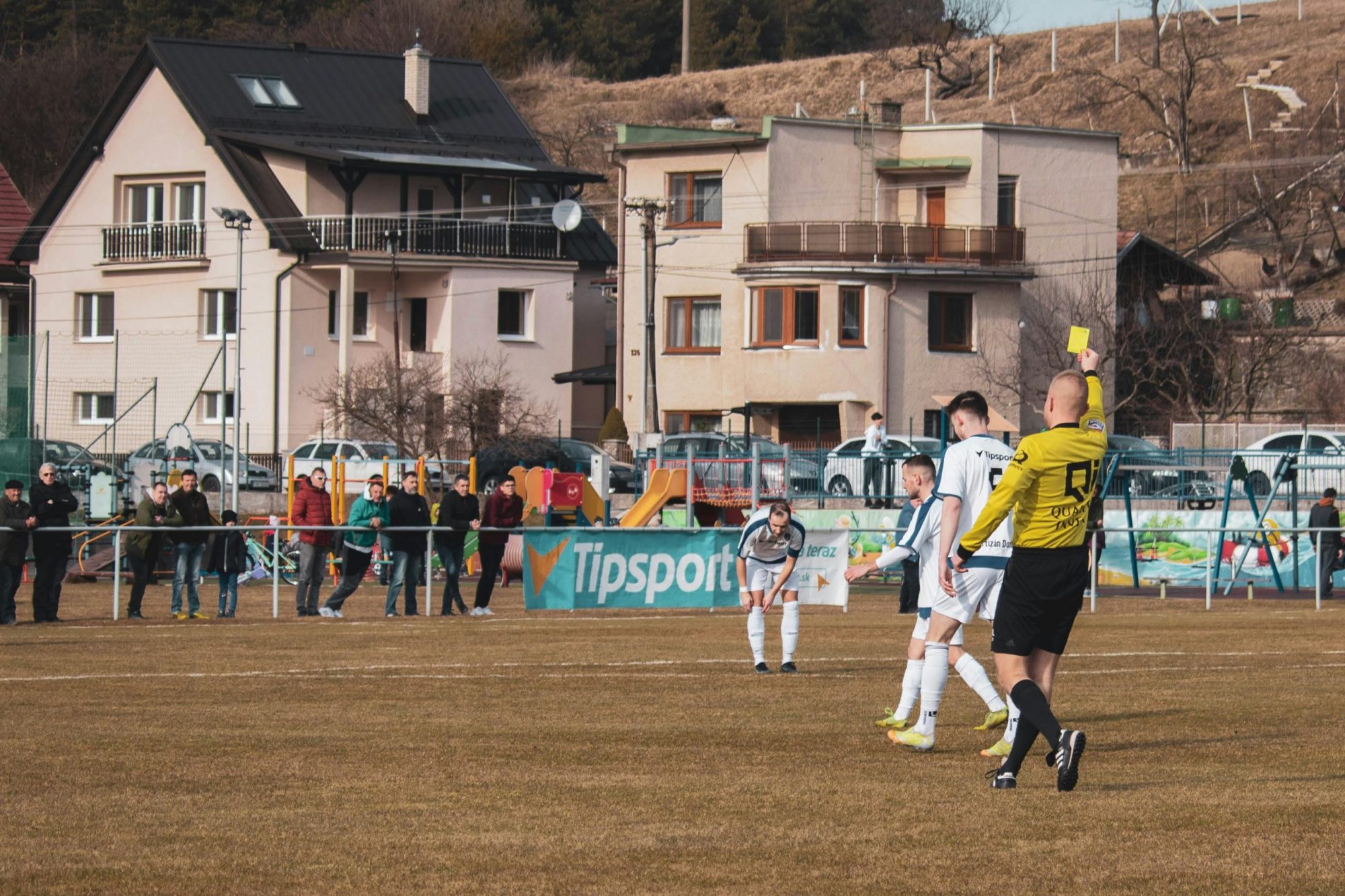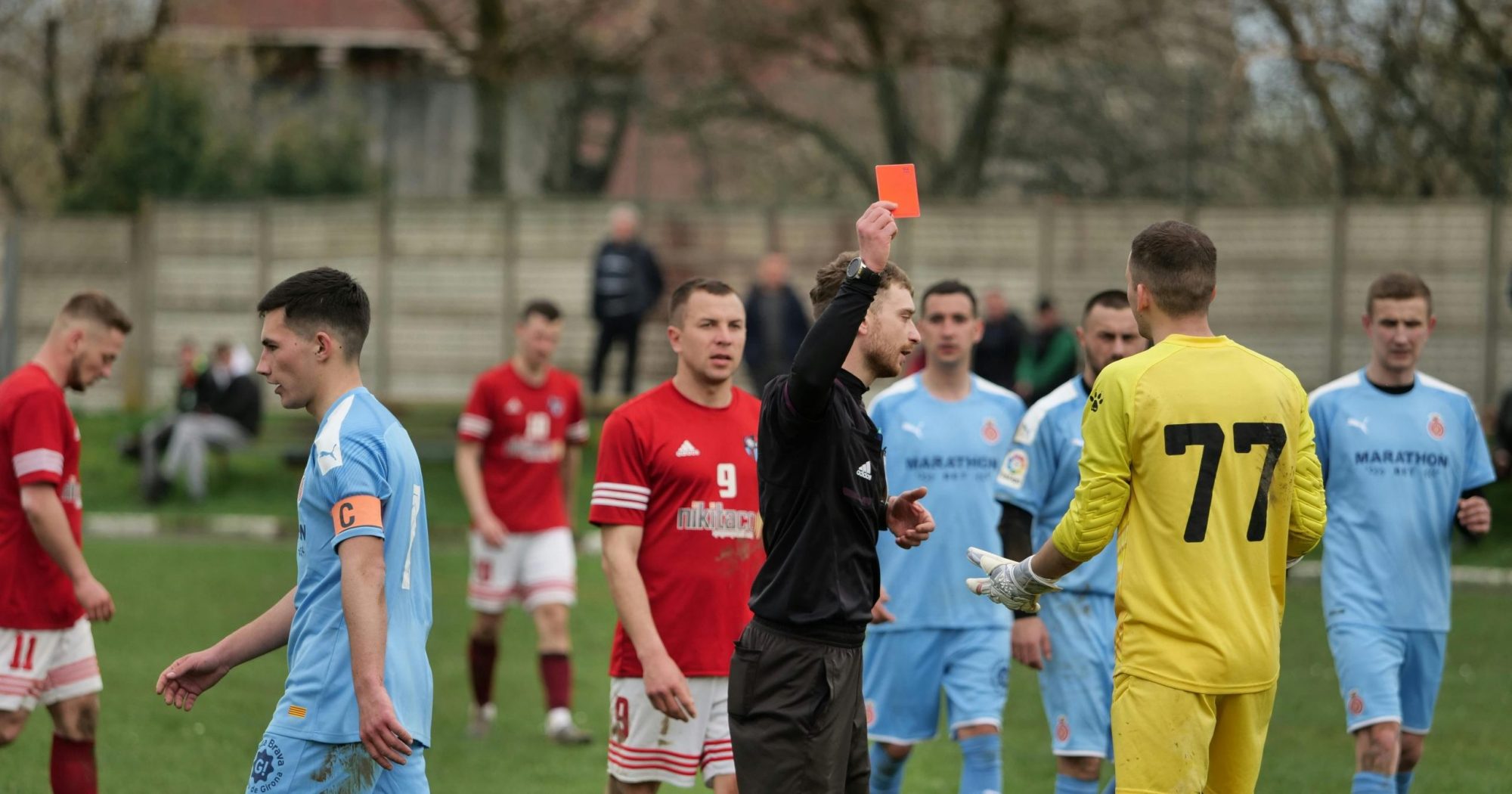The year is 1966 and there’s utter chaos in a World Cup match between England and Argentina. The referee sends off players due to foul play, but there’s no clarity. And Ken Aston, in charge of the referees, ponders how to resolve this dilemma when he’s on Kensington High Street. Then, he has his eureka moment and thinks of football cards while looking at the traffic lights!
Sitting right in his car, he thinks that red would completely halt a player’s game, while yellow could be a warning sign. Fast-forward to the 1970 World Cup, where these cards are tested and they are a massive hit. And that is how the red and yellow football cards made their entry into this world.
All the Football Cards Explained in Simple Terms
Football is an aggressive, injury-prone game, so, the penalty cards are vital during a game. Apart from the traditional yellow and red cards, other coloured cards are also introduced. It’s crucial to know the significance of each one if you want to properly play and enjoy the beautiful game. So, here’s a breakdown of all the important football cards.
What Does Yellow Card Mean in Football?
The purpose of a yellow card is purely as a caution for players while on the football pitch. This card is generally shown for minor offences committed by players, and it maintains fair play throughout a match. A referee writes down the names of players who have been shown the yellow card to keep a record. Here are the reasons that will land your name on the card:
- Unsportsmanlike behaviour
- Intentionally kicking, fouling or tripping another player
- Delaying the start or restart of a game
- Entering the football pitch or leaving it unnecessarily
- A purposeful handball
- Refusing to stand the required distance when the opposition gets a throw-in or a free kick
- Arguing with the referee and not respecting their decision
- Celebrating by removing the team jersey

If a player gets a certain number of yellow cards, they have to miss out on the upcoming matches. However, the total accumulated cards that determine the player’s absence from the matches differ based on the league. Let’s take the World Cup as an example, if a player gets 2 yellow cards till the semifinals, they miss one match, however, it resets for the finals.
What Does a Red Card Mean in Football?
Referees draw out the red cards only if serious misconduct has been committed by a player. Once the player is booked for this card, they have to leave the pitch right at that moment. This leaves the team one player short, decreasing their winning chances. So, generally, players avoid these major misconducts. Here are the reasons why the referee might flash you with a red card:
- Violently tackling, striking an opposite player or serious foul play
- Disrespecting, insulting or abusing the opposition players, referee or spectators
- Spitting, using racist language or offensive gestures
- Purposely stopping the opposite team from restarting the game after a goal
- Deliberate handballs when the opponents almost score a goal
- Acquiring two yellow cards
In case a goalkeeper is given a red card, he is immediately dismissed from the field and a substitute goalkeeper has to step in. But this rule does not apply to the dismissal of any other position. The authorities also determine how many games a player misses if they are shown a red card.
Brazilian superstar Neymar Jr. was once banned for 4 matches in Copa America when he received a red. Players can also be fined for getting this card. If 5 players in a team are shown this card, the team fails the basic requirement of 7 players and thus the referee stops the clock and that team has to forfeit the game.
What is a Blue Card in Football?

At times when a foul is committed by a player, it is more serious than just giving them a yellow card, however, it’s also not as serious as showing a red one. To consider this middle line, the International Football Association Board (IFBA) introduced sin-bins that have already been in practice in grassroots football.
If a player commits a cynical offence, they are shown the blue card, for which they have to leave the pitch for 10 whole minutes and take a seat in the sin-bins. Meanwhile, the teams still continue with the game and one team plays with just 10 players. If a player receives two blue cards, they can be sent off the field for the rest of the match.
However, FIFA intervened declaring their opposition against such a card. Even the UEFA president deemed the “death of football” if such a card was introduced. This criticism has pushed IFBA to scrap the blue card from football. However, there are speculations that sin-bins might be tried out. But so far the IFBA has made no official announcement.
What is a White Card in Football?
The white card is not a common sight as it is not used in international football. However, in January 2023, it was first used in Portugal. During a clash between Sporting Lisbon and Benfica, a fan in the stands fainted and the medical staff from both teams swiftly went and provided clinical assistance. And that’s when the match referee, Catarina Campos, rewarded the white card. It symbolises fair play, good behaviour and sportsmanship.
However, even if the Portuguese Football Federation had approved its usage, it has not been seen at the international level.
Know More About Other Football Cards (FAQ)
What is a Green Card in Football?
A green card is not really seen in international football apart from Italy’s Serie B matches. There, the referees flash a green card as a reward when players display great sportsmanship or positive actions.
What is the Orange Card in Football?
Cynical fouls which are more serious than a yellow card that landed the players in sin-bins were colloquially referred to as ‘orange cards’.
What Does Black Card Mean in Football?
Black cards are never used in professional football. However, local and youth matches sometimes show a black card where the player is asked to leave the field after a foul for 5 to 10 minutes and asked to cool down.


